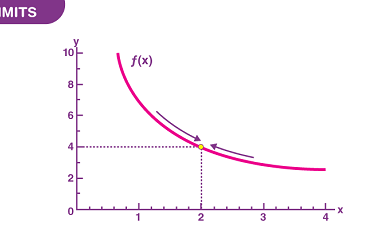Order and molecularity of reactions
In chemistry, the order of a reaction refers to the exponent to which the concentration of a reactant is raised in the rate equation of a reaction. The molecularity of a reaction refers to the number of molecules, ions or atoms that participate in the reaction’s rate-determining step. For example, consider the reaction: A +…

